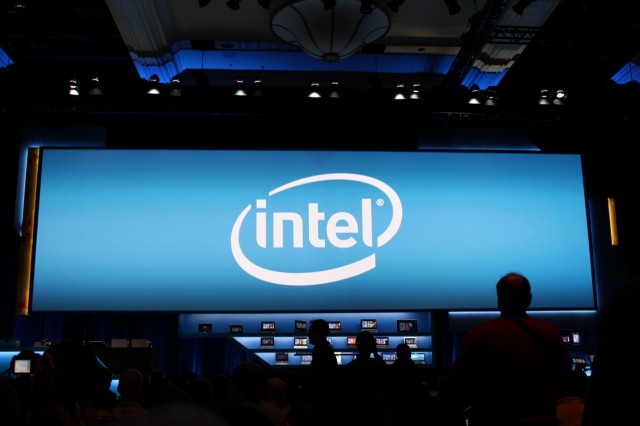
Report: “Thousands” of Intel layoffs planned as PC demand slows and revenues fall

Andrew Cunningham
Intel is scheduling its to start with important layoffs in nearly 6 yrs, in accordance to a new report from Bloomberg. The report states that layoffs will “possible” affect hundreds of its 113,700 personnel, significantly in its product sales and advertising departments, and that they could happen as soon as this thirty day period. Bloomberg suggests that Intel’s very last main layoffs occurred in 2016.
The alleged layoffs are the hottest indication of trouble for the Pc market place and for the corporations that make and promote Pc components. Intel’s yr-in excess of-yr revenue for Q2 dropped from $19.6 billion in 2021 to $15.3 billion in 2022, pushed by decreases in Intel’s customer Computer and server businesses, and the firm’s forecast for Q3 was likewise gloomy. Nvidia skipped its most the latest quarterly income projections by $1.4 billion, as the GPU scarcity has ebbed and cryptocurrency-driven desire has dried up. And even even though AMD is benefitting from Intel’s weakened placement in the server industry in certain, it is also signaling that it will pass up its Q3 profits estimates by about a billion bucks for the reason that of weakened Pc demand.
The two companies and people today splashed out for far more PCs as the COVID-19 pandemic commenced, so there are just much less men and women who have to have new PCs suitable now, irrespective of much larger issues like inflation or recession. Prominent analysts are not able to agree on how considerably the Pc industry has contracted this yr, but they all concur that gross sales are down by double digits simply because of a minimize in purchaser and enterprise paying. IDC says that Q3 profits fell by 15 % yr in excess of yr, and that is the most optimistic figure—Gartner claims it’s down by 19.5 percent, and Canalys states it really is down 18 %. (IDC does take note, on the other hand, that shipments keep on being “well previously mentioned pre-pandemic degrees.”)
Slump or not, all of these firms are charging forward with new items, several of which are a great deal additional expensive than their quick predecessors. AMD’s Ryzen 7000 series charges the same or a tiny much less than the 5000 sequence did when it introduced but involves the invest in of a expensive new motherboard and DDR5 RAM. Nvidia just launched a $1,599 flagship GPU. And Intel is charging ahead with both equally its 13th-era Core CPUs and its 1st devoted gaming GPUs (though, to be good, Intel is pointedly not chasing high-end fanatic profits with the Arc A770 and A750).
